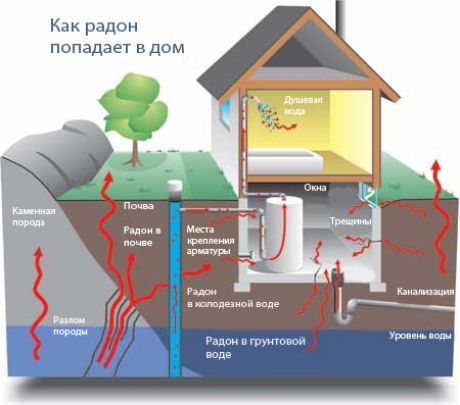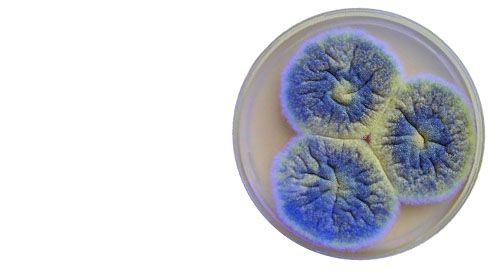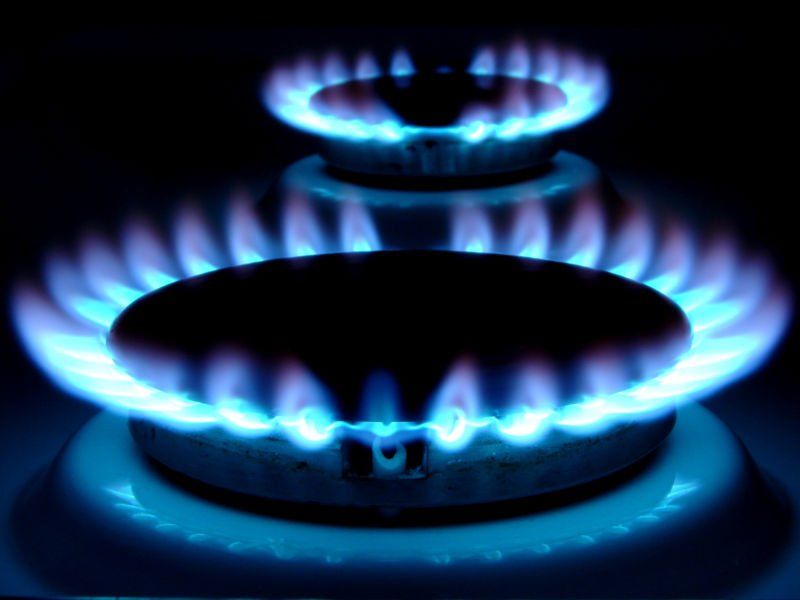New publications
The danger we face in our own home
Last reviewed: 01.07.2025

All iLive content is medically reviewed or fact checked to ensure as much factual accuracy as possible.
We have strict sourcing guidelines and only link to reputable media sites, academic research institutions and, whenever possible, medically peer reviewed studies. Note that the numbers in parentheses ([1], [2], etc.) are clickable links to these studies.
If you feel that any of our content is inaccurate, out-of-date, or otherwise questionable, please select it and press Ctrl + Enter.
We are used to thinking that our home is our fortress and that it is absolutely safe inside this fortress. But is it really so? Is there trouble waiting for us in our own apartment? What can our home hide and what should we be wary of?
The invisible killer radon

Radon is a natural gas and has no smell or color. It can enter a house in different ways. From the foundation walls, from the soil, with tap water and natural gas. Long-term inhalation of radon can cause the development of malignant tumors, especially lung cancer. So the best protection is early detection of its sources. Special electrical devices are used to check a house for radon in the air.
Tap water
We take many things for granted, including clean tap water. But just think about how many levels of purification there must be for a person to receive truly clean and safe water. In addition to the fact that water initially contains impurities that are harmful to health, which are partially filtered and neutralized at treatment facilities, its path through outdated central water supply systems leaves much to be desired. It is there that bacteria, heavy metal impurities, and sometimes even toxic components get into the water. Therefore, even if water purification systems filter out all harmful impurities well, we may end up with water that is not suitable for drinking.
Paint, asbestos
Lead, which is contained in some household paints, poses a great danger to humans. When lead dust and vapors enter the human body, coordination of movements is upset, and problems with mental development may arise. Lead also has a negative effect on the kidneys and nervous system. To protect yourself from danger, it is better to avoid using lead-containing paints. Asbestos is no less dangerous, because poisoning with this raw material does not manifest itself in any way. However, over time, it can provoke the development of pulmonary and oncological diseases.
Mold

Despite the fact that constant proximity of a person to mold is a common phenomenon, its presence in the house can lead to a number of negative consequences for the body, such as a runny nose, itchy eyes, sneezing, as well as more serious ones - skin rashes, respiratory infections and asthma. Microscopic fungal spores take root perfectly anywhere, and in apartments even more so, their growth is promoted by heat and humidity. The most important issue in solving this problem is not only the destruction of mold, but also the elimination of factors that contribute to its appearance, especially excess moisture in the room.
Household appliances
Firstly, these are outdated devices, such as an old refrigerator or air conditioner, which contain freon, a group of saturated fluorinated hydrocarbons. A leak of this substance, which has neither smell nor color, can poison a person. Symptoms of poisoning: suffocation, weakness, drowsiness, confusion. With prolonged inhalation of freon, cardiovascular diseases develop, the lungs and central nervous system suffer.
Gas

Gas equipment often becomes the cause of many troubles. Increased concentration of natural gas in the air leads to explosions and suffocation, so it is important to monitor the serviceability of gas stoves. No less dangerous is the violation of the technological process in the ventilation system of houses with stove heating and heated with gas boilers. Deadly carbon monoxide, if the room is filled, becomes the cause of tragedy.
Household chemicals
Although we use cleaning and washing products to keep our homes clean, they are dangerous due to the presence of volatile compounds in their composition. The components of these products are biologically aggressive, and it is not for nothing that they are used to disinfect and clean surfaces. Very often, the use of household chemicals results in skin irritations, eczema, and inflammation of the mucous membrane of the eyes. Small children, pregnant women, and allergy sufferers may suffer the most.
